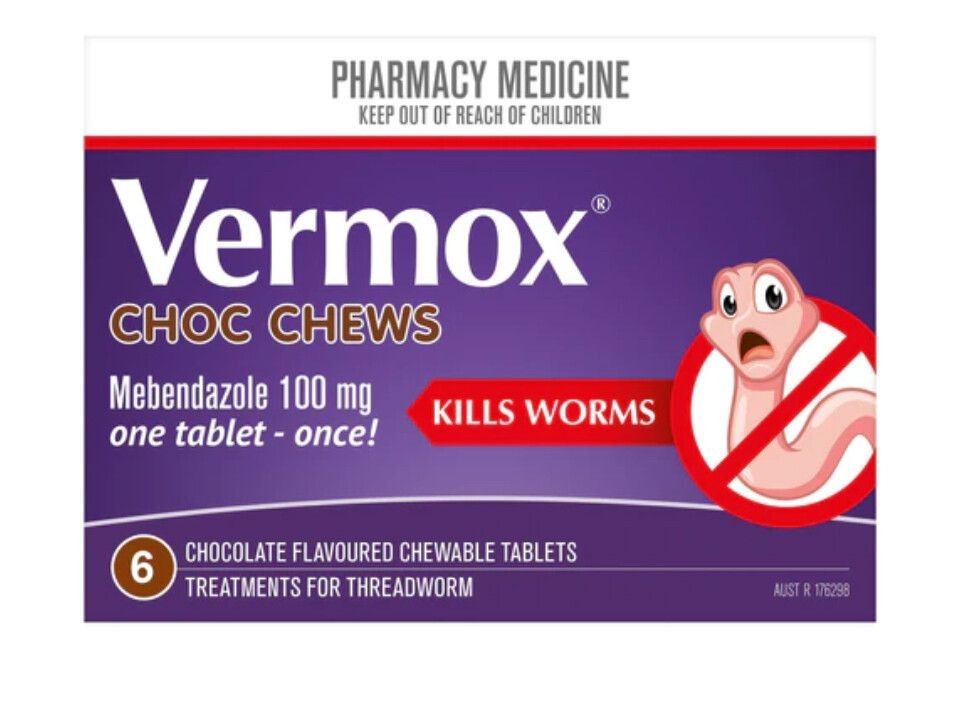Worm Infections in Children
Worms are parasites that live in the human gut. In New Zealand, threadworm (pinworm) is the most common. They spread from person to person, and are prevalent in primary aged children. Why? Because they play and come into contact with each other more often.
Symptoms:
The most obvious sign is an itchy bottom, especially at night, but only one third of children have this. So watch your child for:
Itching around the bottom, typically at night. (This is caused by a reaction to the glue used by the worm to attach eggs to the skin)
Irritability, restlessness
Not sleeping well
Tiredness
Lake of concentration
Decreased appetite or weight loss despite eating well.
If you think your child might have worms, it’s a good idea to take a look. The best time to look is at night when the child is asleep. Use a torch to look around the anal area and see if you can see moving worms – they will look like thin, white, wriggling threads about 1-2 cm in length. You should also check the child’s bowel motions as you may see worms on them.
Treatment:
If your child does have threadworm, it’s easy to treat with the medicines from your local pharmacy. As it is contagious you will need to treat the whole family and repeat the treatment in two weeks’ time.
Treat the whole family
Wash hands thoroughly to prevent re-infection and use a hand sanitiser before eating
Scrub fingernails and keep them short as eggs can lodge under nails
While undergoing treatment for worms, shower at night and again the next morning to remove eggs
Undress children in the shower so that the eggs wash away
Change underwear daily
Disinfect toilet seat daily for 1 week after treatment
Wash bed linen and towels in hot water
Vacuum carpet and furniture
Vermox Choc Chews for the whole family
Why choose Vermox?
Pleasant tasting orange & chocolate flavoured tablets or banana flavoured liquid
Same dose for adults and children
One tablet once - quick, no fuss, simple
No weighing or dosage calculations
May be used from 2 years of age
